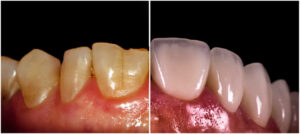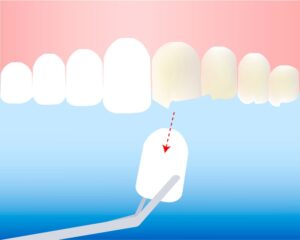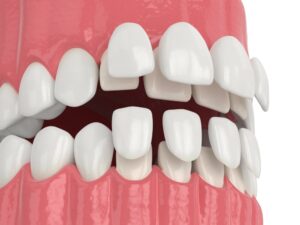How much do veneers cost in Florida? This is a frequently asked question today, whenever people want to improve the appearance of their teeth. Not in vain the AACD or American Academy of Cosmetic Dentistry (American Academy of Cosmetic Dentistry) has affirmed that dental veneers, at present, have become as frequent or more used than tooth whitening as a dental aesthetic procedure.
In this article, we will talk about how much does a full set of veneers cost in Florida, the cost of each veneer, or even more specific topics that will be of interest to you, such as how much do veneers cost in Miami, how much do veneers cost in Orlando or the cost of repairing and replacing porcelain veneers.
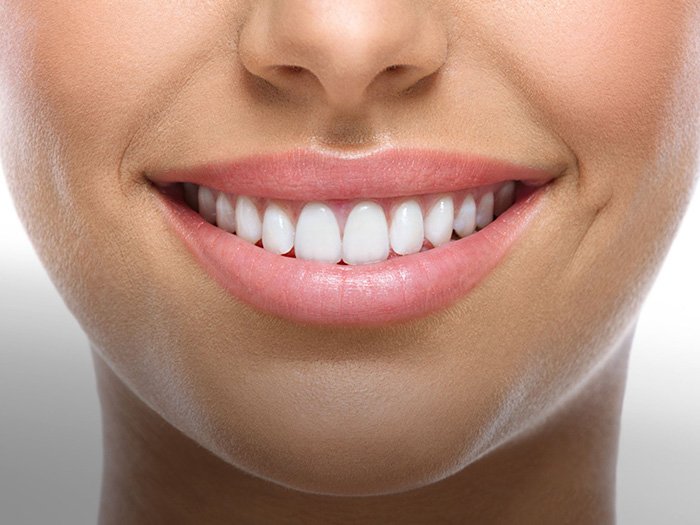
Get $500 Off
REQUEST A CALL
TREATMENT
VENEERS SPECIAL
Starting at: $116/Mo
Request your FREE APPOINTMENT
- Your smile in just one day.
- Design the shape, size, and color of your teeth
- Financing is Available with 0% interest.
- You can see the final result before making your decision
How much do veneers cost in Florida?
To better understand how much veneers cost in Florida, let’s put this in context: the context of the average price of veneers in the entire United States, and a little context, in the world.
The AACD, which we mentioned at the beginning, is the world’s largest organization of cosmetic dentists, with a Conference in Orlando at the end of April 2022. From an AACD publication on the cosmetic dentistry market, we can know that Veneer placement is an aesthetic procedure that has become almost as popular as tooth whitening, and is increasingly surpassing it in popularity.
The frequency of cosmetic dental treatment using veneers has increased 30% annually and is projected to continue to increase in all age groups, especially in the elderly. According to the aforementioned publication, the average price of placing dental veneers of any type (whether or not porcelain), is $1,253.54 for each tooth. And we emphasize that this figure is only an average. In practice, dental veneers can cost much less or much more, depending on the clinic and other factors that we will analyze.
Knowing this, let’s get into the topic at hand in this article about how much veneers cost in Florida.
How much does a full set of veneers cost in Florida?
Most often, veneers are placed on the front of visible teeth. So here we will call the number of veneers that cover those teeth and not the whole mouth a “full set of veneers”. Normally this means that all the teeth between the upper canine and canine (counting the canines themselves) are veneered, that is: a total of 6 teeth.

Thus, a full set of veneers typically includes all 4 incisors and 2 upper canines, which are the foundation of any smile. The canines (popularly known as fangs) stand out in the teeth, they are very noticeable, so they play a “smile frame” role, and generally promote that no one looks at the teeth beyond them. From an aesthetic point of view, the teeth that come behind the canines are secondary (although from a functional point of view they are of the utmost importance). Of course, that doesn’t mean that other teeth don’t get veneers, whether it’s 8 or more veneers.
All things considered, a full set of veneers in Florida ranges from $5,400 to $8,400, although they can cost more, as well as less. Normally, this price will include the dentist’s fees and other associated expenses (see the final section of this article for the factors that determine the price of veneers).
How much do veneers cost per tooth in Florida?
The top median price for veneers throughout the State of Florida appears to be between $1,300 and $1,400 per tooth. That for the maximum price. The minimum price can range between $900 and $925 per tooth, although it is not impossible to find lower prices in some clinics that have their own veneer manufacturing laboratory. Porcelain veneers always cost more than composite or resin veneers.
We suggest that you investigate several clinics, and especially that you investigate the clinics among which you think the one that will be your final choice will be. The point is that, between one clinic and another, prices can vary a lot, due to several factors that we will analyze later.

How much do veneers cost in Miami?
In Miami from $250 per tooth, you can find composite veneers (the veneers that are made with resin at the time of placing them), although their maximum cost can be up to $1,500 per tooth. It all depends on the clinic, the location, the quality of the material, etc.
On the other hand, you can find porcelain veneers in Miami at $700 for each tooth to be covered, although it is not usual. They normally cost a minimum of $900 per tooth, and reach a maximum of approximately $2,500 per tooth, depending on the type of porcelain with which the veneer is made (traditional porcelain, zirconium or lithium disilicate).
This means, depending on how many teeth are typically covered (we saw it’s the front 6 above, canine to canine), a full set of porcelain veneers in Miami costs between $5,400 and $15,000.
Why Is Smile Design So Affordable in Florida?
Miami is famous for its expertise in cosmetic procedures, including both plastic surgeries and dental treatments. It stands out as one of the top cities in the U.S. for cosmetic services, with more clinics and doctors in this field than most other places. This high concentration of professionals leads to strong competition, which improves the quality of services while lowering the prices.
Below, we present a table with some clinics in South Florida and their prices for Porcelain Veneers. We will update this table over time to keep it current and will also add other clinics as we gather more information.
| Dental Clinic | Porcelain Veneers (Price) | Composite Resin Veneers (Price) |
|---|---|---|
| Miami Perfect Smile | $10,000 for full mouth | $5,000 for full mouth |
| The Smile Design | $10,500 for full mouth | $5,500 for full mouth |
| Florida Smile Design | $12,500 for full mouth | $6,000 for full mouth |
How Much Do Veneers Cost in Orlando?
Composite veneers in Orlando cost from $200 to 1,500 for each tooth. Instead, porcelain veneers in Orlando typically start at $500 per tooth and can go as high as $1,200-$1,300 per tooth. A complete set of porcelain veneers for 6 teeth in Orlando costs between $3,000 and $7,800.
| Dental Clinic | Porcelain Veneers (Price) | Composite Resin Veneers (Price) |
|---|---|---|
| Dynamic Smile Design | $10,000 for full mouth | $5,000 for full mouth |
| Smile Design Studio | $10,500 for full mouth | $5,500 for full mouth |
| Orlando Dental Center | $12,500 for full mouth | $6,000 for full mouth |
Cost of repair and replacement of porcelain veneers
Porcelain veneers usually last no less than 10 to 15 years. After 15 years they are usually replaced. Removing porcelain veneers and placing new ones is a very similar procedure to placing veneers for the first time, so the costs are very similar to what we have been looking at so far in this article.
It must be said that, if the person takes care of the veneers, they can perfectly last longer, and have up to 20 years of useful life. Later in this article, we will give some tips on how to take care of them.

What does the price of veneers depend on?
Now that we have seen the specific prices of veneers, we want to give the reader some advice. For example, something we want to recommend is that you should not always be guided by promises of low prices. As they say: “Cheap can be expensive”. If you can afford to invest in less expensive veneers, consider that.
The cost of veneers depends on several factors that we will now see. If the veneers are of quality, they are hardly cheap, and if they are giving them to you at an affordable price, investigate well for all the factors that we will now list, to make sure that they really have quality and durability. The price of veneers depends on factors such as:
a) The material of the veneers
If you review other articles that we have written on this subject, you will see that there are different veneer materials. Currently, we can say that veneers are divided into two large groups:
- Porcelain veneers, are made in a laboratory and then glued onto your teeth.
- Composite veneers are made with a mixture of resins while they are applied to the teeth.
Composite veneers are much cheaper than porcelain veneers, but they are also of lower quality and durability (they last between 5 and 7 years), they have a little less aesthetic, require more maintenance, and are more prone to staining due to the effect of certain foods and food dyes.
For its part, porcelain veneers, to this day, are divided into three groups: traditional porcelain veneers, zirconium veneers, and lithium disilicate veneers. And we say “until today”, because veneer materials are under continuous research, and from one day to the next, new types with new benefits and different prices can emerge.

Porcelain veneers, in any of their variants, are more expensive than composite veneers, but they are much better in terms of comfort, aesthetics, and durability. Its level of polishing prevents color change due to the effect of food or food dyes. They can last between 15, 20, and 30 years (sometimes more), depending on the material with which the porcelain is made and depending on the care of the person with respect to the veneers. The care required in general is:
- Maintain proper hygiene.
- Do not bite hard food.
- Not biting your nails (onychophagia).
- Don’t use your teeth as tools to open wrappers and things like that.
- Avoid bruxism (clenching or grinding your teeth).
- Treat gastric reflux if there is one since acids damage the veneers.
- And so on.
Traditional porcelain veneers are typically the least expensive of the three porcelain veneers. The other two (zirconium and lithium disilicate) are considered highly aesthetic. They are ultra-thin but extremely resistant. This allows almost not having to wear the teeth down to place them. Zirconium ones are also translucent, so they take on the color of natural teeth and have practically no difference from the patient’s tooth enamel.
b) The number of teeth to be veneered
Veneers are normally charged per unit since the number of veneers to be placed can be highly variable. There are patients who need one or two veneers, there are patients who need several, and there are patients who choose to place veneers on all the front teeth (from 6 to 8 teeth) to perform, for example, a smile design. In all this, it will also be at stake if the clinic gives you a discount for the number of veneers, or even if you have dental insurance that covers cosmetic dentistry procedures, which is not very common.
c) The quality of the adhesive used
As in everything that is based on the method of adhering one surface to another, in the placement of veneers the quality of the adhesive plays an important role. It is not only a matter of everything sticking well and for a long time, but also of the color or lack of color of the adhesive, and that it is a completely non-toxic substance for humans.
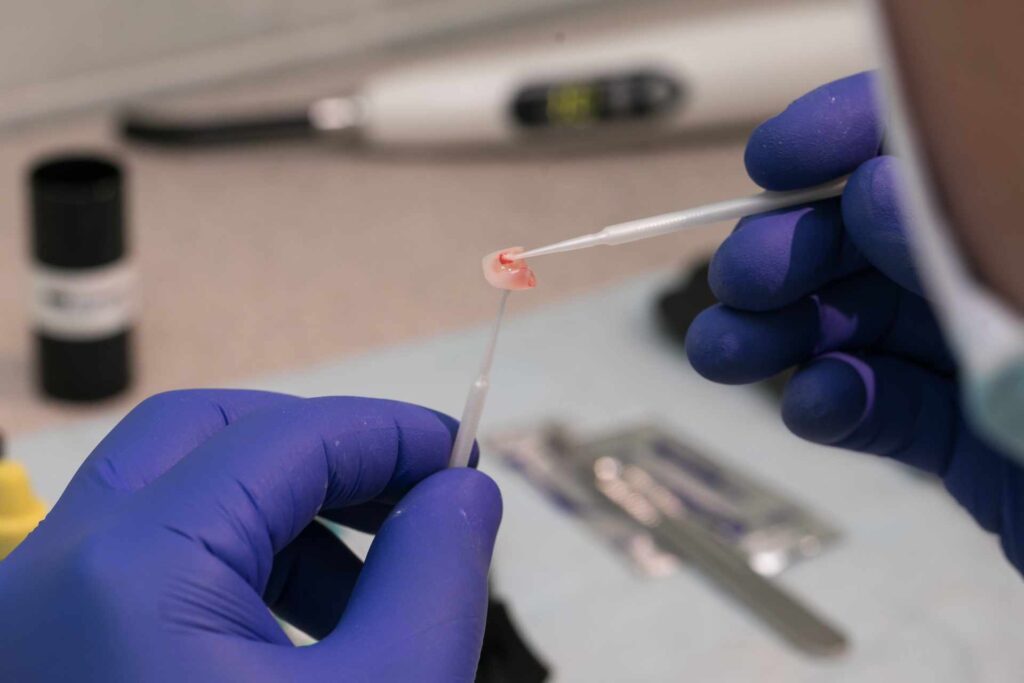
d) The preparatory work
Not all veneers require the same level of tooth preparation. For example, composite veneers generally do not require prior grinding of the tooth before placing, and that is one of their greatest advantages. The porcelain veneer, on the other hand, requires grinding the tooth where it is going to be placed since its function is to replace the tooth enamel.
Something else in terms of preparing the teeth to be covered with veneers is that the teeth should not be in poor condition or misaligned. Before placing veneers, it is necessary to remove all types of cavities, as well as to correct any occlusive deviation, that is, to straighten the bite. These procedures, although they cannot be included in the price of the veneers, will determine the expense that you will have to incur to place them. Why is it like this? Let’s see.
For one thing, it is not good practice to veneer over cavities, because cavities will deteriorate the tooth to the point that veneers will have to be removed. So if you have cavities, they will need to be removed before you veneer your teeth. Likewise, a crooked bite, just as it affects natural teeth, will affect veneers if they are placed before the bite is straightened. In these cases, the dentist, before placing veneers, will have to apply occlusive correction procedures (or perhaps refer the patient to orthodontics).
e) Whether the clinic has its own laboratory or not
Porcelain veneers (whether traditional porcelain, zirconium, or lithium disilicate) are always made in a laboratory, unlike composite or resin veneers, which are made at the time of placement. If the clinic where the veneers are placed has its own laboratory, that will probably lower the final price of the porcelain veneer treatment.
On the other hand, if the clinic has to contract the services of an external laboratory (and this is the most common, not only in Florida but throughout the United States and the rest of the world), this will probably increase the final cost of the veneers. In this case, what will be done in the clinic will only be the taking of personalized samples and the bite sample (which will be sent to the laboratory), and later the placement of the already manufactured veneers.

f) The level of manufacturing expertise
The price of the veneers will be determined by the level of expertise of the laboratory technical staff to manufacture the veneers from the personalized shots taken from the patient in the clinic. The preparation of the veneers takes many hours of work because we try to make the pieces look as similar as possible to the original teeth in terms of shape and color. This can be achieved with more or less finish depending on the skill of the laboratory technician, and that probably affects the price.
g) Professional fees and location of the clinic
Finally, and of course, the final price of the veneer treatment will have to include the fees of the dentist (or the team of dentists) who performs the procedure. This in turn will be determined by whether the clinic is located in a large Florida city, or in some small, peripheral, or suburban town.
The higher professional degree the specialist has (for example, if he is a dentist and not just a dentist or stomatologist), he may charge more, and also offer you a higher quality service. Also, the more urban or city the place where the clinic is located, the higher the price of the veneers. But the equipment is probably more modern there, and the quality of the service is also higher in all senses.



